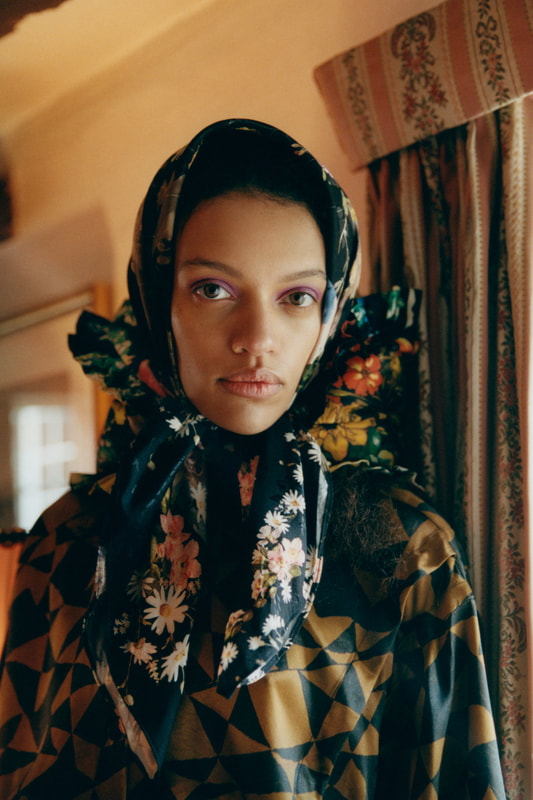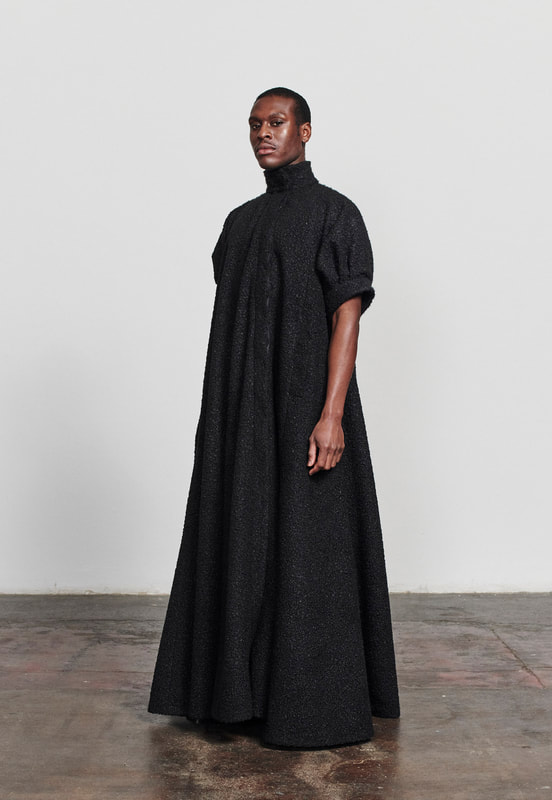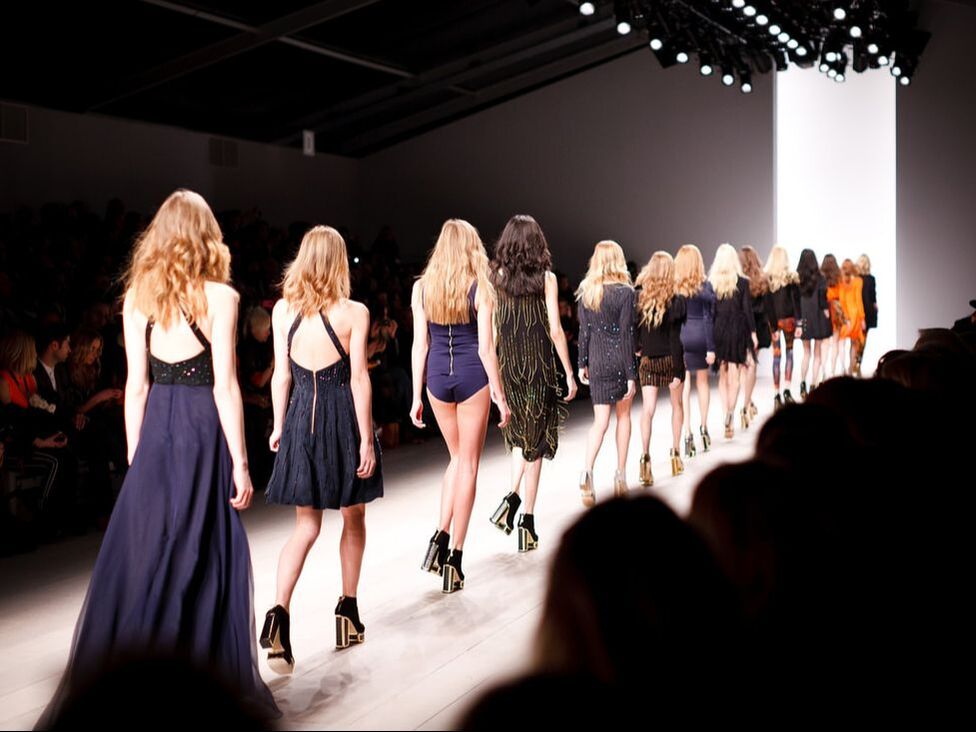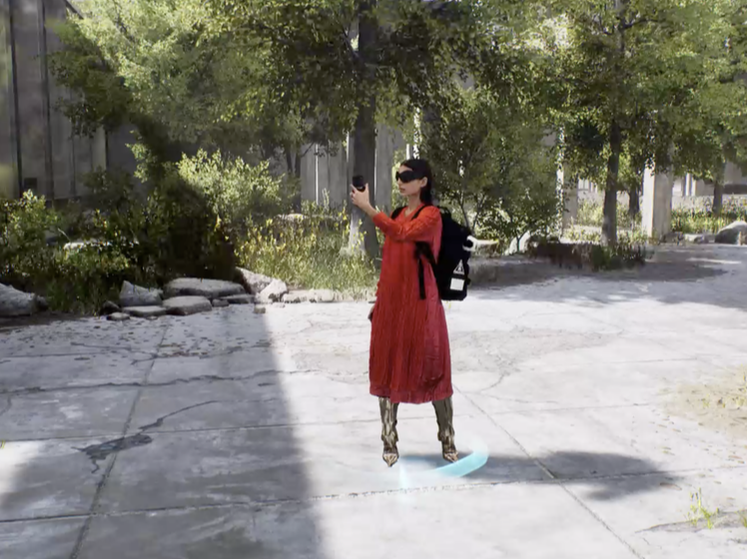|
As the New York Times releases a report showing the fashion industry still has a lot of diversity work to do, we look at the ways brands and industry bodies are attempting to increase participation Last month the New York Times published a brilliant report diving into the numbers behind diversity and inclusion in the fashion and industry and, it’s fair to say, things don’t look great. Focusing specifically on Black representation, the paper surveyed 64 brands with more than $50 million in annual revenue or 1 million Instagram followers, alongside 15 major department stores and retailers and the industry's largest fashion magazines. The responses (if and when they came – many European companies cited GDPR and other data protection laws as preventing them from sharing information) suggested a clear picture: diversity has increased where it is most visible but, behind-the-scenes, not a huge amount has changed. A vanishingly small number of major brands, stores and publications count BAME individuals among their senior staff.
Bearing in mind a Masters degree is now considered almost requisite for a job at any big design house, and that Central Saint Martins and Parsons are frequently voted to be the best schools in the world, it’s not hard to see how these figures could easily dissuade a talented student without a wealthy family to support them. And, while this is not an issue that necessarily only affects minorities, a 2020 study by the Social Metrics Commission found that BAME households in the UK were more than twice as likely to be living in poverty as their white counterparts. Just 19% of the 14.4 million people living in poverty in the UK identified as white, demonstrating that the costs associated with higher education are significantly more of a barrier to students from minority backgrounds. What is being done?Scholarships are, and have always been, a key way of opening up higher education to those from lower economic backgrounds. While many arts universities offer some form of bursary or scholarship, these are traditionally awarded on grounds of merit, with a student’s ethnic background rarely taken into consideration. Likewise, of the 25 privately funded scholarships (i.e. backed by brands or foundations) available to fashion design students at the University of the Arts London colleges (the umbrella university behind Central Saint Martins and London College of Fashion) only two dictate that recipients must come from specific ethnic backgrounds. In both these cases, the awards are for international students hailing from specific countries (Hong Kong, China and India). None were specifically aimed at offering aid to Black students. However, on the back of the Black Lives Matter protests of summer 2020, change is taking place. Parsons and the Fashion Institute of Technology have both committed to creating new scholarships and mentorship programmes for Black students (although information about these remains scarce) while Virgil Abloh has partnered with the Fashion Scholarship Fund (along with donations from Evian, Farfetch, Louis Vuitton and New Guards Group) to create the “Post Modern” Scholarship Fund, with a $1 million to support Black fashion students in the US.
What is being done?Fashion industry bodies, such as the British Fashion Council and Council of Fashion Designers of America, have long offered grants and awards for emerging fashion businesses. While few of these are specifically aimed at supporting minority-owned businesses, some, such as the CFDA/Vogue Fashion Fund and BFC/Vogue Designer Fashion Fund, count prominent fashion diversity advocates, including Aurora James of the 15 Percent Pledge (more below) and Edward Enninful, as judges. Despite this, however, many of these long established awards only recognised their first Black recipients as late as 2019. As always, if you are a consumer, the best way to support minority designers is to shop from their brands. Geographical industry concentrationWhile fashion is an undeniably global business, when it comes to the location of head offices and design studios, the big brands more often than not are head quartered in the fashion capitals of New York, Milan, London and Paris. While this shouldn’t necessarily create big barriers in a today’s global world, the reality is that these cities are all based in majority Caucasian countries, meaning individuals who aren’t native (and likely to be from BAMR backgrounds) immediately face the increased hurdles of obtaining visas and funding the cost of international moves. Once there, they, along with their native minority counterparts, are also likely to face cultures which, overtly or subconsciously, can be less than welcoming to minorities. BAME people, for example, make up just 12.9% of the UK population and, staggeringly, just 4% of the Italian population; demographics which can be intimidating to migrants from more diverse countries and in which white is easily read as 'normal'. What is being done?Troublingly this is one area in which immigration policies may result in the industry taking a step backwards. Recent moves by a number of right-wing Western governments to tighten immigration rules mean it is becoming harder and harder for so-called ‘low skilled’ workers, who are overwhelmingly represented by ethnic minorities, to emigrate to America and European countries. While there has been a surge in non-traditional fashion capitals hosting their own fashion weeks to raise the profile of homegrown brands, and the rise of direct-to-consumer brands has helped those based outside of the usual cities break through, solving this issue is going to mean the fashion industry at large reassessing its structure. Should the time-honoured fashion month dissolve, as many have predicted may be a result of the pandemic, this could be the first step towards shifting importance away from the geographical location of a brand’s headquarters.
What is being done?A number of not-for-profits and industry bodies aimed specifically at advancing the careers of minorities within the fashion industry have sprung up in recent years to address this issue. Among them is the Black in Fashion Council, which was founded in 2019 by former Teen Vogue editor-in-chief Lindsay Peoples Wagner and PR specialist Sandrine Charles. The Council works alongside fashion and beauty brands, magazines and retailers to represent and further the careers of Black people in the fashion and beauty industries to, in its own words “create diverse spaces that directly reflect what the world actually looks like at large”. The Kelly Initiative, founded to honour the life and work of designer Patrick Kelly, similarly works to a four-point plan aimed at creating inroads for Black fashion professionals while increasing transparency and accountability. Its aims include creating an industry wide census for sharing data on diversity, anti-bias training for managers, an audit of recruitment processes in the fashion industry and the creation of the Kelly List – a group of top-tier multi-disciplinary fashion talent who are supported by the initiative in return for pledging to create equitable opportunities for Black talent in the future. Elsewhere, Aurora James’ 15 Percent Pledge has encouraged names including Bloomingdales, Moda Operandi, Vogue and Sephora to promise 15 per cent of their shelf or the talent they work with will be Black individuals or Black-owned brands. What's next?While there is still, evidently, a lot of work to be done one thing that is clear is that conversations around diversity in the fashion industry are not going away. It is also clear that this is not an issue that can be solved by brands working in isolation to offer one-off scholarships or hire more inclusive casts of models. Instead it will take the industry at large working in tandem with retailers, governments and business bodies to introduce progress benchmarks, improve access to the industry for young talent and recognise the institutional structures that are currently creating unnecessary and unique hurdles for minorities. Only time will tell if this is truly possible.
2 Comments
|
Categories |
Search by typing & pressing enter






